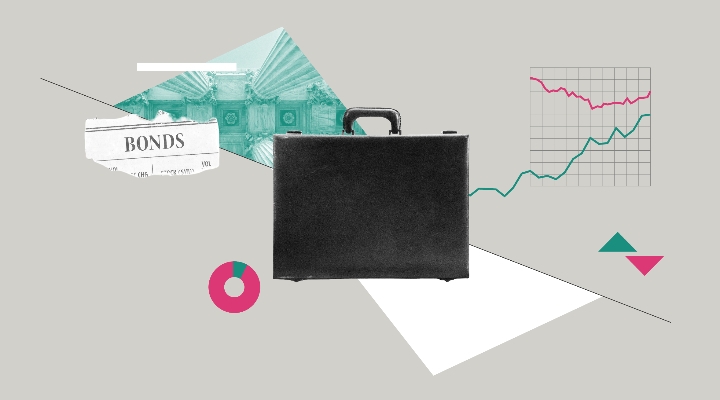
It is well-reported that the duration of a fixed interest security and magnitude of changes in interest rates can have a significant impact on that bond’s price. It is also worth noting, however, that a correlation can be found between the amount of time bond prices decline for and how long investors have to wait for interest rates to rise again. This chart represents the historical relationship between the starting bond yield when bond prices began to decline and the number of months it took to reach the trough of the market.
The illustration above was constructed using the past 25 largest downturns in the long-term government-bond market since 1926.
Each drawdown duration was grouped based on the bond yield at the beginning of each decline, and average decline length was calculated for each group. As it turns out, the lower the starting bond yield in the beginning of the decline, the longer the bond bear market can persist.
For example, when long-term government-bond yields began to rise from a below 3% level, the declines lasted for more than 20 months on average. This was true for the bond downturns in 1950 and 1954 when prices declined for 33 and 36 consecutive months, respectively. It is also worth noting that the most recent bond-market drawdown that has begun in July 2012 had a starting yield of 2.1%, and it has already been in progress for 13 months as of August 2013.
Government bonds and Treasury bills are guaranteed by the full faith and credit of the U.S. government as to the timely payment of principal and interest. U.S. government bonds may be exempt from state taxes and income is taxed as ordinary income in the year received. With government bonds, the investor is a creditor of the government. Debt securities have varying levels of sensitivity to changes in interest rates. In general, the price of a debt security tends to fall when interest rates rise and rise when interest rates fall.
Securities with longer maturities and mortgage securities can be more sensitive to interest-rate changes.




























